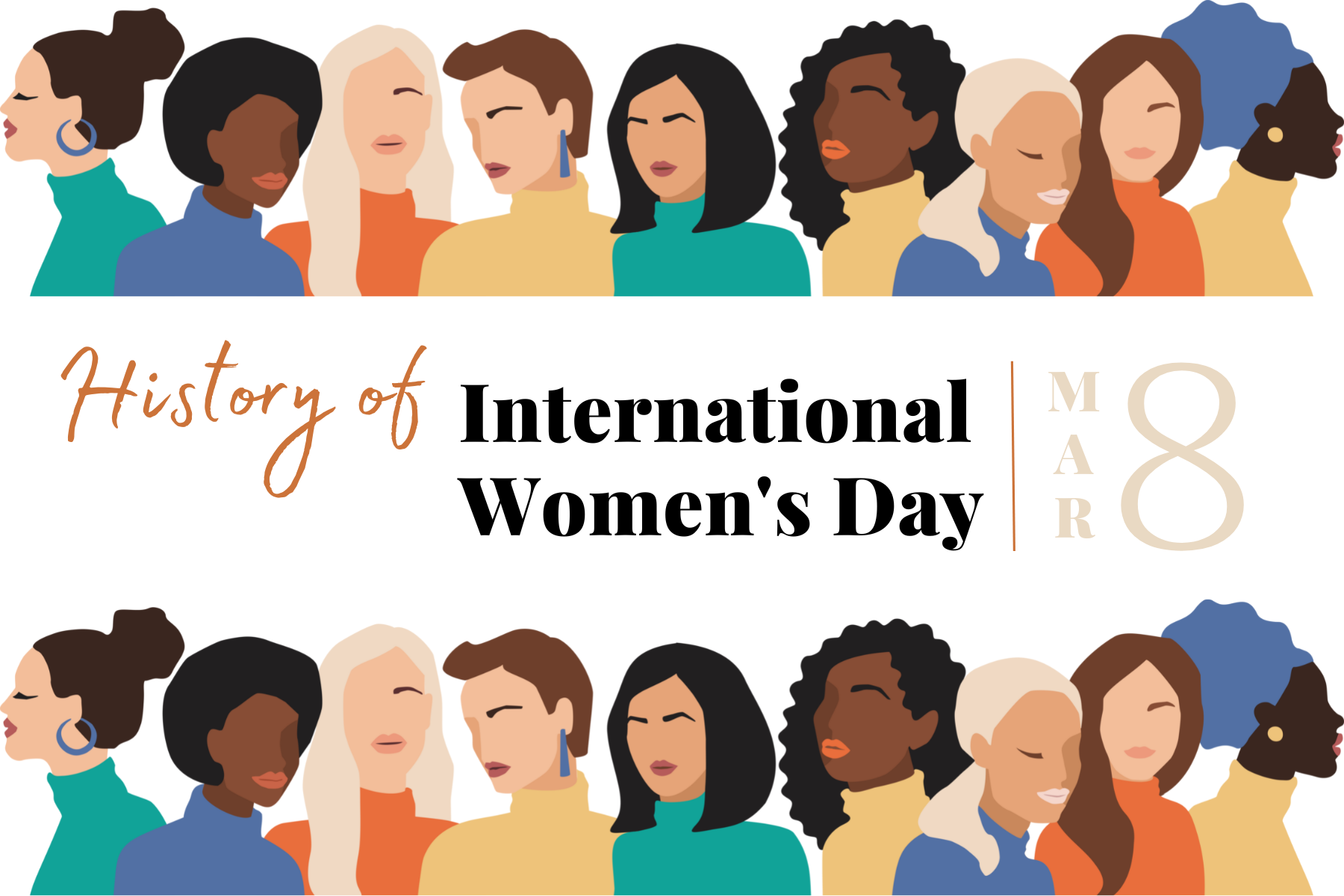A History of International Women’s Day
What is International Women’s Day?
International Women’s Day (IWD) is celebrated every year on March 8, to recognize and honor the achievements of women throughout history, and to raise awareness about gender equality and women’s rights.
How did International Women’s Day begin?
The origins of IWD can be traced back to the early 1900s, when the global women’s movement was gaining momentum. In 1908, thousands of women marched through New York City to demand better working conditions, voting rights, and an end to discrimination. The following year, the first National Women’s Day was observed in the United States on February 28.
In 1910, at the second International Conference of Working Women in Copenhagen, Clara Zetkin proposed the establishment of an annual International Women’s Day. The proposal was unanimously accepted, and the first IWD was celebrated in 1911 in Austria, Denmark, Germany, and Switzerland.
Since then, IWD has become a global day of celebration and activism, with millions of people around the world coming together to demand gender equality and women’s rights. The theme of IWD changes every year, with recent themes including “Invest in women: Accelerate progress” (2024), “DigitALL” (2023), “Break the Bias” (2022), “Choose to Challenge” (2021) and “Each for Equal” (2020).
What’s the purpose of International Women’s Day?
IWD has been a significant platform for women to raise awareness about their struggles and achievements. Throughout history, women have had to fight for their rights, from suffrage to workplace equality. IWD has served as a platform for women to share their stories, connect with other women, and demand action from governments and institutions.
In recent years, IWD has taken on a new level of significance, as movements like #MeToo and #TimesUp have shone a spotlight on the pervasive problem of sexual harassment and assault. IWD has become a rallying cry for women around the world who are speaking out against gender-based violence and demanding systemic change.
Despite the progress that has been made over the years, women still face significant barriers to equality. In many parts of the world, women are paid less than men for the same work, are denied access to education and healthcare, and are subjected to violence and discrimination. IWD serves as a reminder that the fight for gender equality is far from over, and that we must continue to work towards a world where all women can thrive.
International Women’s Day is an important day to recognize the achievements of women throughout history, to raise awareness about gender equality, share women’s stories, demand action, and rally people around the world to keep fighting for a more just and equal world.
International Women’s Day 2025: How You Can Help!
The UN’s theme for Women’s History Month 2025 is “For ALL Women and Girls: Rights. Equality. Empowerment.” This calls for action that can unlock equal rights, power, and opportunities for all. At Soroptimist, we embody this as we invest in the dreams of women and girls worldwide.
Together, we can provide resources and support to women and girls who face barriers to achieving their goals, and help them to build brighter futures for themselves and their communities! Help us reach more women and girls today!
SHARE THIS:






